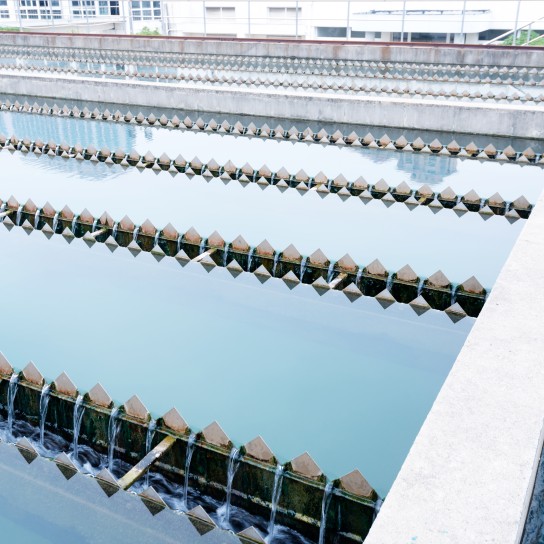Water Treatment Case Studies
Sharing our technical knowledge with water treatment specialists
The purpose of our water treatment case studies is to share findings and expertise with other water treatment specialists for increased transparency and knowledge across the industry. Our studies cover various topics surrounding both the industrial and municipal water treatment markets.
To download and read our case studies, simply fill out the form and we will email you access to all case studies, or just the ones you want!
| Case study | Description |
|---|---|
| Controlling Rainwater Sediment at a Surface Coal Mine | This client is a surface coal mine in the southwestern US. The facility was having logistics challenges with their current chemical supplier, and this was hampering the efficiency of their operation. We were invited to discuss solving the logistics problems, but to also address the potential for improving the overall water treatment program using better chemistry. |
| Lowering FOG and TSS at a Frozen Foods Producer | This facility is a very large food company on the east coast that specializes in various pre-packaged and frozen foods. The plant was experiencing challenges with their wastewater handling process, so we was brought in to help address a recent reconfiguration of their system, and assist the plant operators with continuing education. |
| Optimizing Clarifier Operation at a Drinking Water Plant | On a referral from a nearby water plant, we were asked to help optimize the clarifier operation at a 2MGD conventional plant using very old clarifiers. They were currently using an alum/copper sulfate blend and dosing a polyacrylamide flocculant separately. |
| Solids Settling at a Food Plant | A regional juice manufacturing plant met with our Water Treatment Specialists to discuss challenges they were experiencing with their wastewater system. |
| Successful Conversion to Liquid Coagulants in Municipal Drinking Water | A current municipal client reached out to see if we could help them transition from a dry chemical system to a new liquid coagulant. They were ready to simplify their process and get away from using dry products with feed equipment requiring costly maintenance and related downtime. |
| Successful Phosphorus Removal at a Wastewater Plant | The removal of phosphorus from domestic wastewater is primarily to reduce the potential for eutrophication in receiving waters and is mandated and common in many geographies. Depending on the local restrictions, influent loading and water conditions, this can become very challenging. |
| Scale Inhibitors and Nouryon Polymers | Our Water Treatment Team presents the challenges often faced when using scale inhibitors in water treatment applications, as well as helping solve logistic and economic challenges in sourcing these products. Our technical experts discuss various types of products available for scale inhibition and the new LumaTreat™ active tagged polymers from Nouryon. |

Educational resources at your fingertips
Our Water Treatment team develop content for you on new trends in the market, updated guides for helpful tips, and information about different techniques and products and various topics. We provide these resources in order to spread knowledge around the water treatment industry to help water treatment specialists around the world. As a leader in water treatment, it is our duty to educate and provide useful information to help others in this field.
Water treatment chemicals
We offer products for the industrial and municipal water treatment markets covering these product categories: biocides, corrosion inhibitors, defoamers, filteration media, flocculants, heavy metal removal, inorganic coagulants, NSF certified products, nutrient blends, odor control, sodium and potassium permanganates, pH adjusters, and scale inhibitors.
This document is for informational purposes only. You accept sole responsibility for reading and complying with the Safety Data Sheets (SDS’s), as well as any other safety information, relating to the products listed herein. The information contained herein is based on Brenntag’s knowledge at the time of publication or release and not on any publications, independent studies, empirical evidence or other form of verification. You should not use or rely on any statements contained herein as a basis for any representations or warranties to your customers or end users as to the safety, efficacy or suitability of any product or for purposes of ensuring your compliance with any laws or regulations. Brenntag makes no warranties, express or implied, as to the accuracy, completeness, or adequacy of the information contained herein or as to fitness of any product for any particular purpose. Nothing contained herein shall be construed as an authorization to use or an inducement to practice any patent, trade secret or other intellectual property right. Before producing and distributing any product, it is your sole responsibility to adequately test and document the performance of the product and acquire any required intellectual property rights. You assume all risks for failing to do so and Brenntag shall not be liable (regardless of fault) to you, your employees, customers or end users or any third party for direct, special or consequential damages arising out of or in connection with the furnishing or use of this information. Please contact your local Brenntag representative if you have any questions about this information.